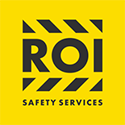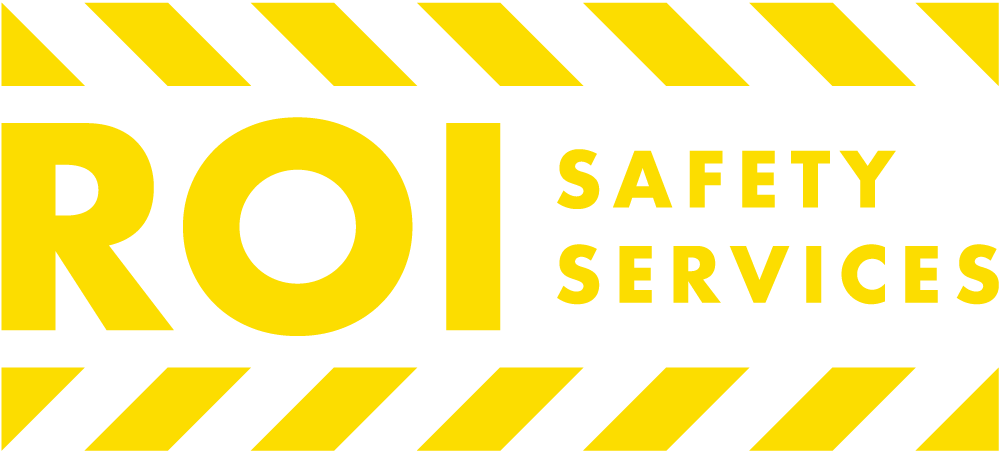
Did you know that ISO operates in 165 member countries? ISO stands for International Organization for Standardization, it’s an international, independent, non-governmental organization.
ISO creates and generates industrial, technical, and commercial standards worldwide. It’s based in Geneva, Switzerland.
ISO is an organization with a panel of experts that generates market-related international standards. In addition, this panel publishes standards that encourage innovation and propose solutions to emerging global issues.
ISO compliance and certification are voluntary. But today, ISO certification is the norm. You require to meet ISO standards to provide high-quality services and products. You could lose business if you do not have the necessary ISO certification.
This guide defines ISO compliance and discusses why it’s necessary.
Meeting ISO Standards
What are ISO standards? ISO developed standards to provide organizations and companies with:
- Advice on measures to use
- Coordination on which criteria to use
- Making it simpler
- Unification of parameters
These standards help to minimize costs and boost effectiveness. It also helps to standardize products and services for international organizations. Various countries have established and embraced ISO standards in response to a need and readiness to normalize quality characteristics.
Using ISO documents ensures resources, commodities, processes, and services meet standards. To ensure uniformity, ISO requires that all member countries follow the same regulations.
Benefits of ISO Compliance
ISO compliance certification has many benefits. ISO benefits include:
Increased Credibility
ISO is worldwide accepted. Because of this global standardization, your services or products’ dependability and integrity will improve.
A higher Level of Recognition
Your company’s brand will be recognized throughout the world. This will elevate your professional standing in the eyes of other market researchers and the general public.
Improved Consistency
Increasing the control over your business processes is easier with the help of ISO 9001. The greater your level of control over your firm, the higher your level of consistency. Consistency means your customers get the same high-quality service or product every time.
Increased Revenues
People will return to you repeatedly if they have confidence in your product or service. It’s possible to charge more for your product or service when it has received ISO certification. This results in higher revenue for your company. As a result, there will be a reciprocal working culture.
Increased Customer Loyalty and Valued Customer Satisfaction
Customers like to see that a product has a manufacturing government approval. By having the ISO seal of approval on your product, you will sell more of it. Having more high-quality products can help you get more people to buy them.
What Are the Different ISO Standards?
There are over 22,000 ISO standards in existence today. These standards cover a wide range of industries. However, the three most common forms of ISO are as follows:
Quality Management Systems – ISO 9001:2015
ISO 9001 is the international standard that lays out the rules for a quality management system (QMS). Businesses use the standard to demonstrate their ability to continuously focus on meeting customer and regulatory needs.
If you want to be certified by an organization, this is the best standard to use. It’s also the only one in the ISO 9000 series where you can do that.
Information Security Management Systems – ISO 27001:2013
The International Organization for Standardization (ISO/IEC 27000) establishes standards that organizations can employ to protect their information assets.
The international standard ISO/IEC 27001:2013 provides for:
- Establishing standards
- Implementing the standards
- Maintaining the standards
- Continuously improving an information security program systems within the scope of a company
The publication also offers company-specific rules for evaluating and treating information security issues. The requirements of ISO/IEC 27001:2013 are intended to be universal and apply to all businesses.
The Standard for Environmental Management Systems – ISO 14001:2015
ISO 14001:2015 lays out the rules for an environmental management system that a company can use to improve its sustainability impact. It’s meant for use by companies that want to manage their environmental obligations in a systematic way that helps with their environmental activities and routines.
ISO 14001:2015 helps the company achieve the goals of its environmental management system, which are good for:
- The environment
- The organization itself
- Other people who are interested.
Consistent with the company’s environmental policy, the goals of an environmental management process are:
- Improve the environment’s quality of life
- Compliance with the law
This means that environmental goals will be met.
ISO 14001:2015 is for any company, no matter how big, small, or unique it is. It applies to the environmental implications of its:
- Operational duties
- Products or goods
- Services given
The company must take these into account when planning wether they directly or indirectly affect the environment from a new point of view. ISO 14001:2015 doesn’t say what kind of things you should do to help the environment.
There are many ways to use ISO 14001:2015 to improve environmental management. You can use it in whole or just part of it. ISO 14001:2015 claims, on the other hand, aren’t valid unless all of its requirements are part of a company’s environmental management policy and all of them are met without exception.
Raise and Keep Your Standards to Create and Maintain Change!
Complying with your selected ISO standard necessitates massive investments of time and work.
Juggling all that means devoting resources to risk and compliance. ISO compliance training, on the other hand, can save you time and money by educating your personnel about current ISO compliance.
Are you looking for an OSHA safety training company in California that can help you with all of your training needs? Contact us, we help thousands of people who work in very dangerous manufacturing industries. Stay healthy and safe!

